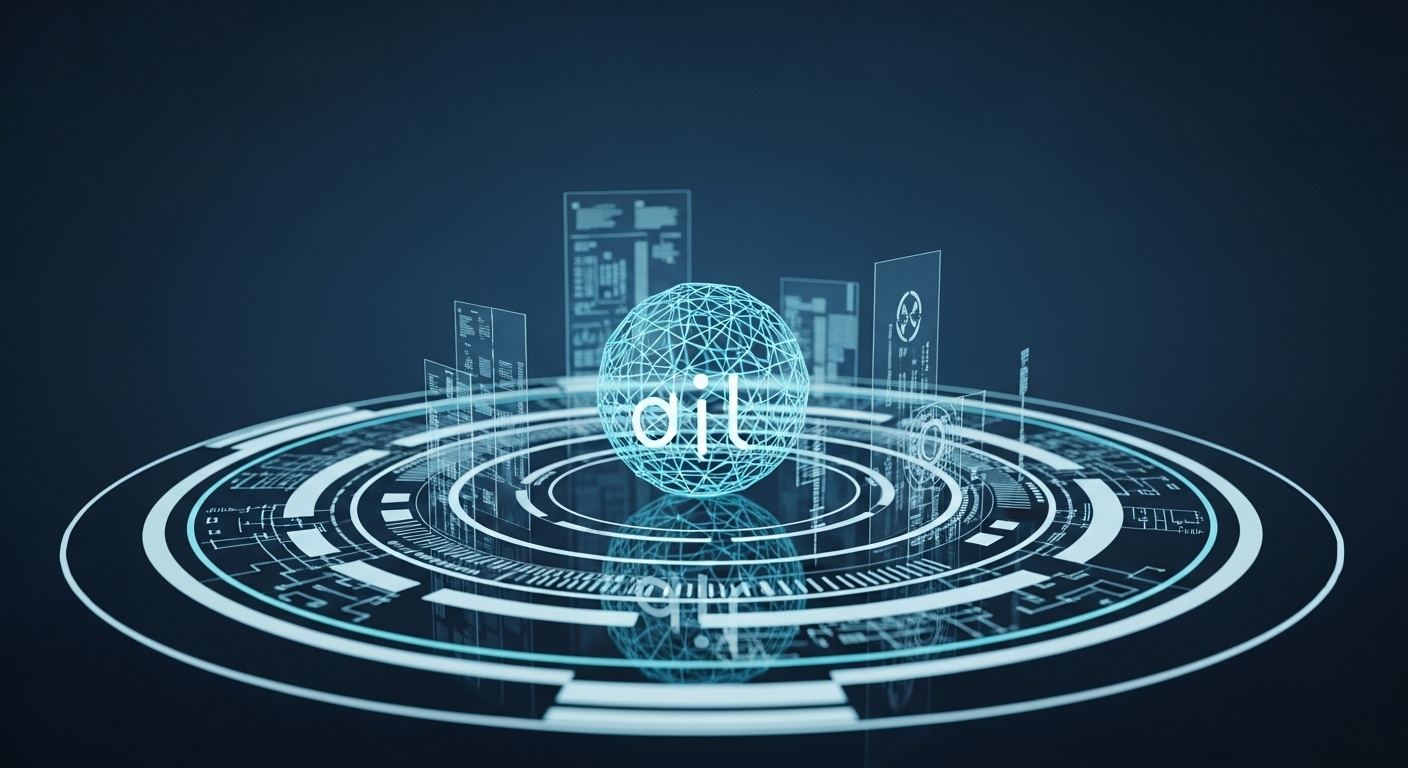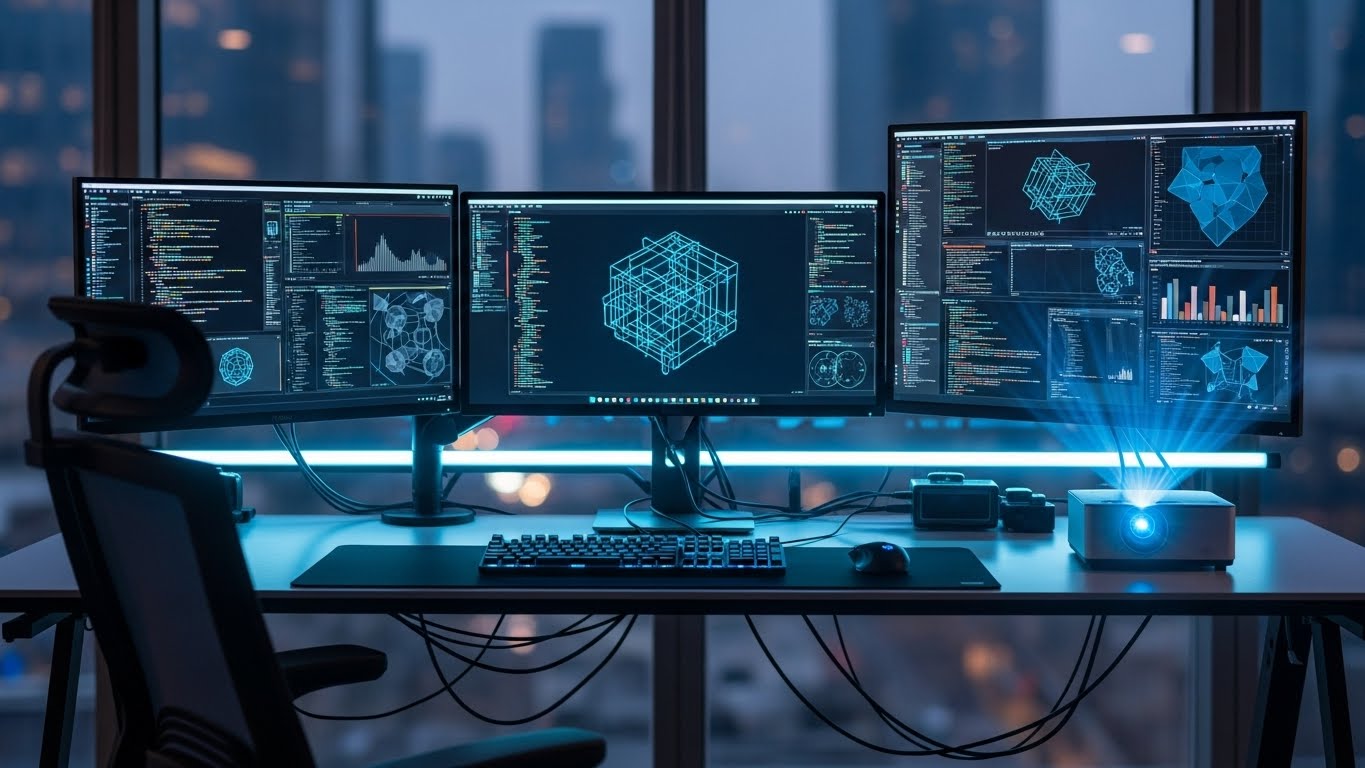Technology has become an inseparable part of human life. From the invention of the wheel to the development of the internet, technology has constantly evolved, influencing the way we live, work, and communicate. In today’s fast-paced digital era, the impact of technology is more profound than ever, transforming industries, societies, and personal lives. This blog delves into the evolution, current trends, and future possibilities of technology, exploring how it shapes our modern world.
The Journey of Technological Innovation
The history of technology is a fascinating story of human ingenuity. Ancient civilizations relied on simple tools, fire, and the wheel to improve daily life. Over centuries, technological advancement accelerated, with the Industrial Revolution marking a significant leap. Machines replaced manual labor, steam engines powered factories, and inventions like the telegraph revolutionized communication.
In the 20th century, technology took another giant leap. The invention of computers, electricity, and telecommunications transformed society. Computers, initially enormous and expensive, gradually became accessible to businesses and households. This era laid the groundwork for the digital revolution that would dominate the 21st century.
The Rise of Digital Technology
Digital technology has reshaped the world in unprecedented ways. The invention of the internet connected people across continents, allowing instant communication, information sharing, and access to knowledge. Social media platforms emerged as a new form of social interaction, reshaping culture, politics, and business.
Mobile technology further revolutionized connectivity. Smartphones became an essential part of daily life, integrating communication, entertainment, and productivity into a single device. Mobile applications transformed industries such as banking, healthcare, and education, offering convenience and efficiency like never before.
Artificial Intelligence: Redefining Possibilities
Artificial Intelligence (AI) is one of the most groundbreaking technological advancements of the 21st century. AI enables machines to mimic human intelligence, learn from data, and make decisions. From virtual assistants like Siri and Alexa to autonomous vehicles and predictive analytics, AI is transforming how we interact with technology.
In healthcare, AI assists in diagnosing diseases, developing personalized treatment plans, and analyzing medical data to improve patient outcomes. In business, AI-driven tools optimize supply chains, enhance customer service, and automate repetitive tasks. The potential of AI extends to scientific research, environmental monitoring, and creative industries, highlighting its far-reaching impact.
The Internet of Things: Connecting the World
The Internet of Things (IoT) represents a network of interconnected devices that communicate and share data. From smart homes to industrial automation, IoT has transformed how we interact with our environment. Smart devices like thermostats, security cameras, and wearable health monitors enhance convenience, safety, and efficiency in daily life.
IoT also plays a crucial role in industries such as agriculture, manufacturing, and transportation. Sensors and connected devices enable real-time monitoring, predictive maintenance, and data-driven decision-making. As IoT technology continues to expand, it promises to create a seamlessly connected world where information flows effortlessly between devices and systems.
Cybersecurity: Protecting the Digital Frontier
With the rapid advancement of technology comes the growing need for cybersecurity. As more personal and business data moves online, the risk of cyberattacks increases. Cybersecurity involves protecting systems, networks, and data from unauthorized access, theft, and damage.
Businesses invest heavily in cybersecurity measures, including encryption, firewalls, and intrusion detection systems, to safeguard sensitive information. Individuals also need to be aware of online threats, practicing safe browsing, strong password management, and regular software updates. Cybersecurity remains a critical field, ensuring the integrity and safety of our digital lives.
Blockchain Technology: Beyond Cryptocurrency
Blockchain technology, initially developed to support cryptocurrencies like Bitcoin, has expanded far beyond digital currency. A blockchain is a decentralized, immutable ledger that records transactions securely and transparently. Its applications span finance, supply chain management, healthcare, and more.
In finance, blockchain enables secure, fast, and transparent transactions, reducing the need for intermediaries. Supply chain industries use blockchain to track products from origin to consumer, ensuring authenticity and reducing fraud. Additionally, blockchain facilitates smart contracts, which automatically execute agreements when predefined conditions are met, revolutionizing business processes.
Cloud Computing: Powering Modern Businesses
Cloud computing has transformed how businesses operate, providing scalable, flexible, and cost-effective solutions for data storage and computing power. Instead of relying on physical servers, organizations can access computing resources over the internet, enhancing collaboration and efficiency.
Cloud technology supports remote work, allowing teams to access files, applications, and resources from anywhere in the world. It also enables businesses to deploy AI, analytics, and other advanced technologies without significant upfront investment. Cloud computing continues to evolve, driving innovation across industries and supporting the growth of digital ecosystems.
Augmented and Virtual Reality: Redefining Experiences
Augmented Reality (AR) and Virtual Reality (VR) are changing the way we experience the world. AR overlays digital information onto the real world, enhancing daily activities such as navigation, shopping, and education. VR immerses users in fully digital environments, offering new possibilities for entertainment, training, and simulation.
In gaming, AR and VR create immersive experiences that blur the line between reality and fantasy. In education, these technologies provide interactive learning environments, allowing students to explore complex concepts in engaging ways. Industries such as healthcare, real estate, and tourism also leverage AR and VR to enhance visualization, training, and customer experiences.
Robotics: Machines Shaping the Future
Robotics has progressed from industrial machines to intelligent systems capable of performing complex tasks. Modern robots are used in manufacturing, logistics, healthcare, and even domestic settings. Autonomous robots, equipped with AI and sensors, can navigate environments, perform surgeries, and assist in disaster relief.
Robotics also plays a crucial role in space exploration, enabling missions to planets, moons, and asteroids where human presence is limited. Collaborative robots, or cobots, work alongside humans, enhancing productivity and safety in workplaces. As robotics technology advances, it promises to transform labor, transportation, and everyday life.
5G Technology: Enabling the Next Era of Connectivity
The rollout of 5G technology marks a significant milestone in communication networks. With faster speeds, lower latency, and greater capacity, 5G supports advanced applications such as autonomous vehicles, smart cities, and real-time remote collaboration.
5G enables the proliferation of IoT devices, creating a highly connected world where data flows seamlessly. Industries benefit from enhanced connectivity, improved operational efficiency, and innovative services. The widespread adoption of 5G technology is set to accelerate digital transformation across all sectors.
Green Technology: Technology Meets Sustainability
Sustainable technology, or green technology, focuses on reducing environmental impact while promoting efficiency and innovation. Renewable energy sources such as solar, wind, and hydropower are replacing traditional fossil fuels, reducing carbon emissions and combating climate change.
Electric vehicles, energy-efficient appliances, and smart grids are examples of green technology improving daily life and supporting a sustainable future. Advances in sustainable materials, recycling technologies, and carbon capture solutions further demonstrate the potential of technology to address environmental challenges.
Challenges and Ethical Considerations
While technology offers immense benefits, it also presents challenges and ethical considerations. Issues such as data privacy, AI bias, digital addiction, and job displacement require careful attention. As machines take on more responsibilities, humans must navigate questions about accountability, fairness, and societal impact.
Policymakers, businesses, and individuals must work together to establish guidelines and regulations that balance innovation with ethical responsibility. Responsible technology development ensures that advancements benefit society while minimizing potential harm.
The Future of Technology: Infinite Possibilities
The future of technology is filled with exciting possibilities. Advances in quantum computing may unlock solutions to previously unsolvable problems, from drug discovery to climate modeling. AI is expected to become even more sophisticated, capable of complex reasoning, creativity, and emotional understanding.
Emerging fields such as brain-computer interfaces, nanotechnology, and space colonization are pushing the boundaries of human potential. The integration of multiple technologies will create interconnected systems that enhance productivity, sustainability, and quality of life.
Conclusion: Embracing the Technological Era
Technology is a driving force shaping our world, transforming how we live, work, and interact. From digital innovation to AI, IoT, and green technology, advancements continue to expand human possibilities and redefine the future. While challenges and ethical considerations persist, embracing technology responsibly can lead to a more connected, efficient, and sustainable world.
The journey of technological evolution is ongoing, and its potential is limitless. By understanding, adapting, and innovating, humans can harness technology to solve complex problems, enhance creativity, and improve life across the globe. As we move forward, one thing remains clear: technology is not just a tool—it is the fabric of modern civilization, weaving together innovation, progress, and human aspiration.



